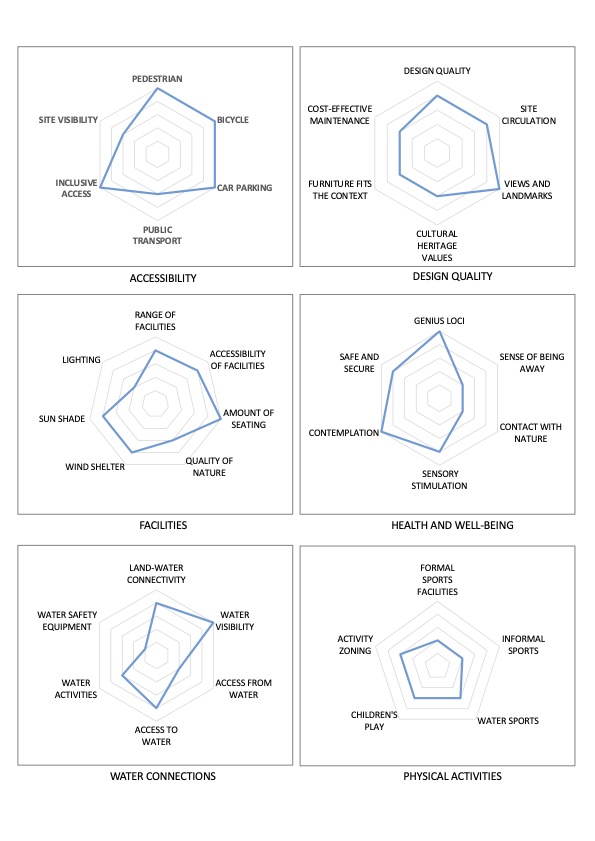
Architect
Jesús Torres García
Type of Area
Sea
Land/water interaction
Sandy beach
Decking
Promenade
Built Environment Types
Highly built
Low green
Scale of Impact
City
Regional
Intervention Scale (Spatial)
Linear development – single intervention
Project Types
Seafront development
Outdoor recreation
Urban design
Urban/ Rural
Inner urban area
Visibility and Openness
Fully open
Fully horizon
A Cinematic Backdrop
The name Las Negras is derived from the Black Mountain {El Cerro Negro) which lies to the north of the village. The mountain consists of a dark mass of black volcanic material that is being slowly eroded by the sea and gives the shoreline its dark colour. The scenic quality of the area and its relative isolation has been aided by the lack of development in the region up to now. The dramatic and undeveloped Almeria landscapes have been used as a backdrop for the cinematic industry for over forty years in various genres, including the Spaghetti Westerns, “The Good, the Bad and the Ugly” and “A Fistful of Dollars” and the comedy, “How I won the war”.
The Las Negras construction is made up of two parts: wooden open, cabin-like structures and seating areas. The cabin-like structures frame the views and create spaces that reflect the sound of the sea. They also provide shade and shelter from sun and wind in this exposed location. The use of natural materials blends with the undeveloped landscape and provides links to the vegetation and geological forms, creating spaces to sit and contemplate but also to perceive the view as if observing a picture. The architect, thus, becomes a mediator between the landscape and the people.The seating areas snake along the promenade. In places the wood-topped, white concrete seating blends with the local building construction; others are completely covered with wood, blending into the background, since they have aged to a grey patina. The wood covering ensures that the seating can still be used through the summer.
Perception and Meaning
Imageability
Legibility
Place identity
Health and Wellbeing
Place affordance
Restorativeness
Interaction with Water
Visual
Tactile – fully in water

The installations are easily accessible from the street, with wide pedestrian and bicycle ways. Site circulation is therefore good on this narrow strip of land, although the kerb edging on the street side hampers those in wheelchairs, even where a crossing is indicated to access the site. The area is accessible via public transport, although this is not frequent, which is understandable in a more undeveloped region.
The installation links to the use of the area as a backdrop in films but this is weak and ambiguous. Framing the landscape is an innovative aspect of this installation, but not unique. It does, however, bring a different perspective to the users of the area, whilst also providing shade – but not in the seated areas, which would add to the usability of the area in this hot, sunny climate of the south coast of Spain.
Access to the water is via the beach and not directly from the site, so water activities score low. However, there are plenty of options for contemplation of the water with multiple viewpoints from the wooden installations and the ample seating areas provided, so visibility of the water is high.
